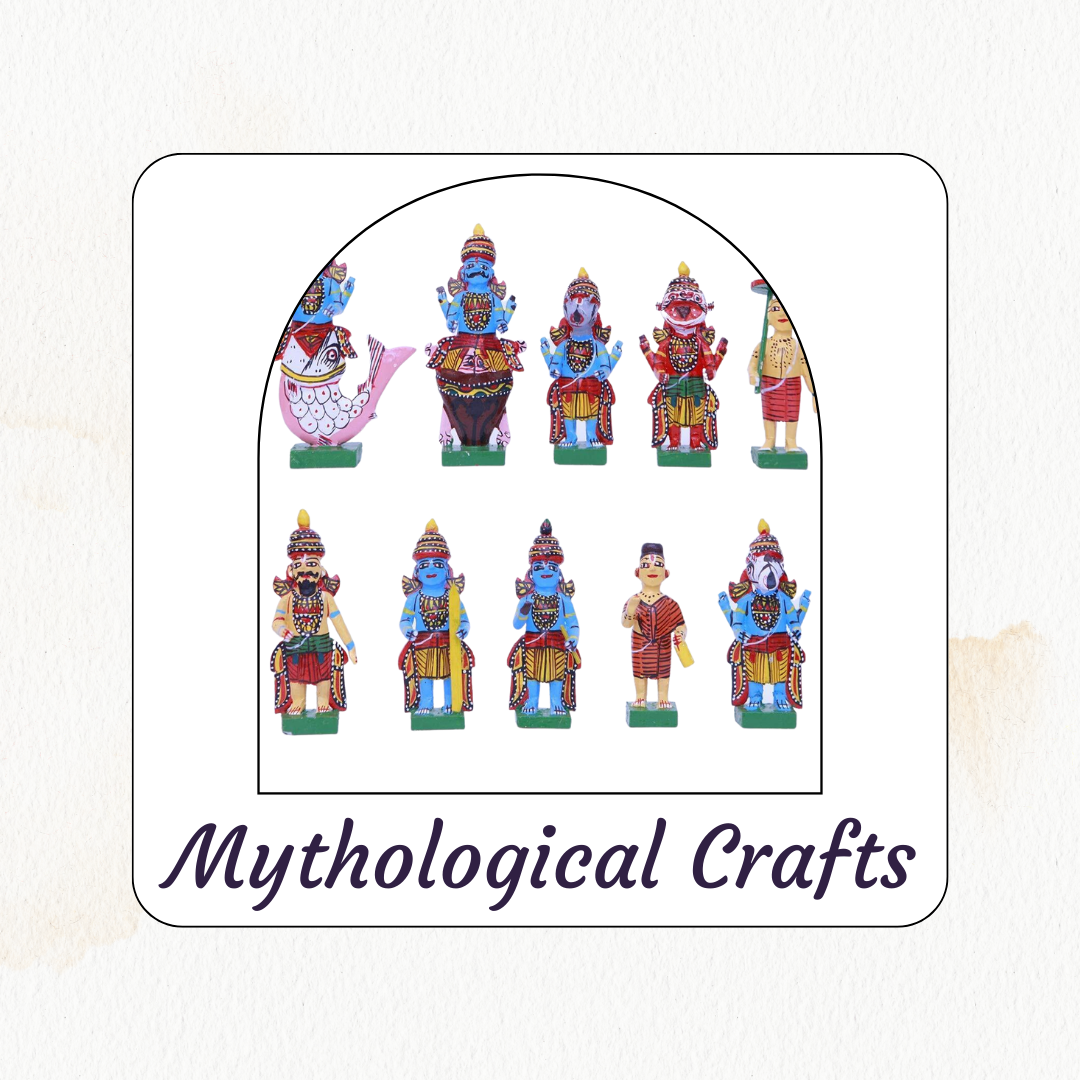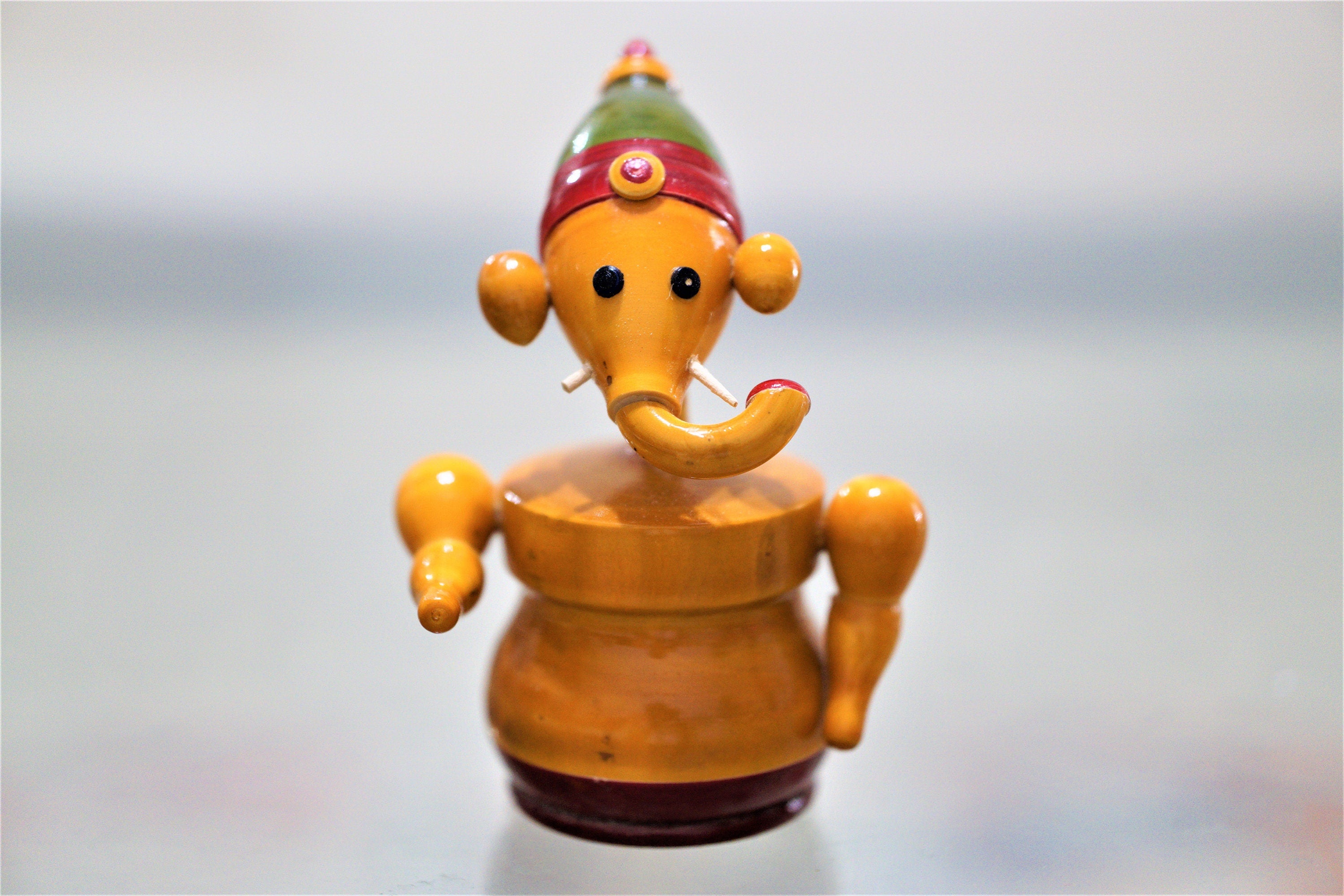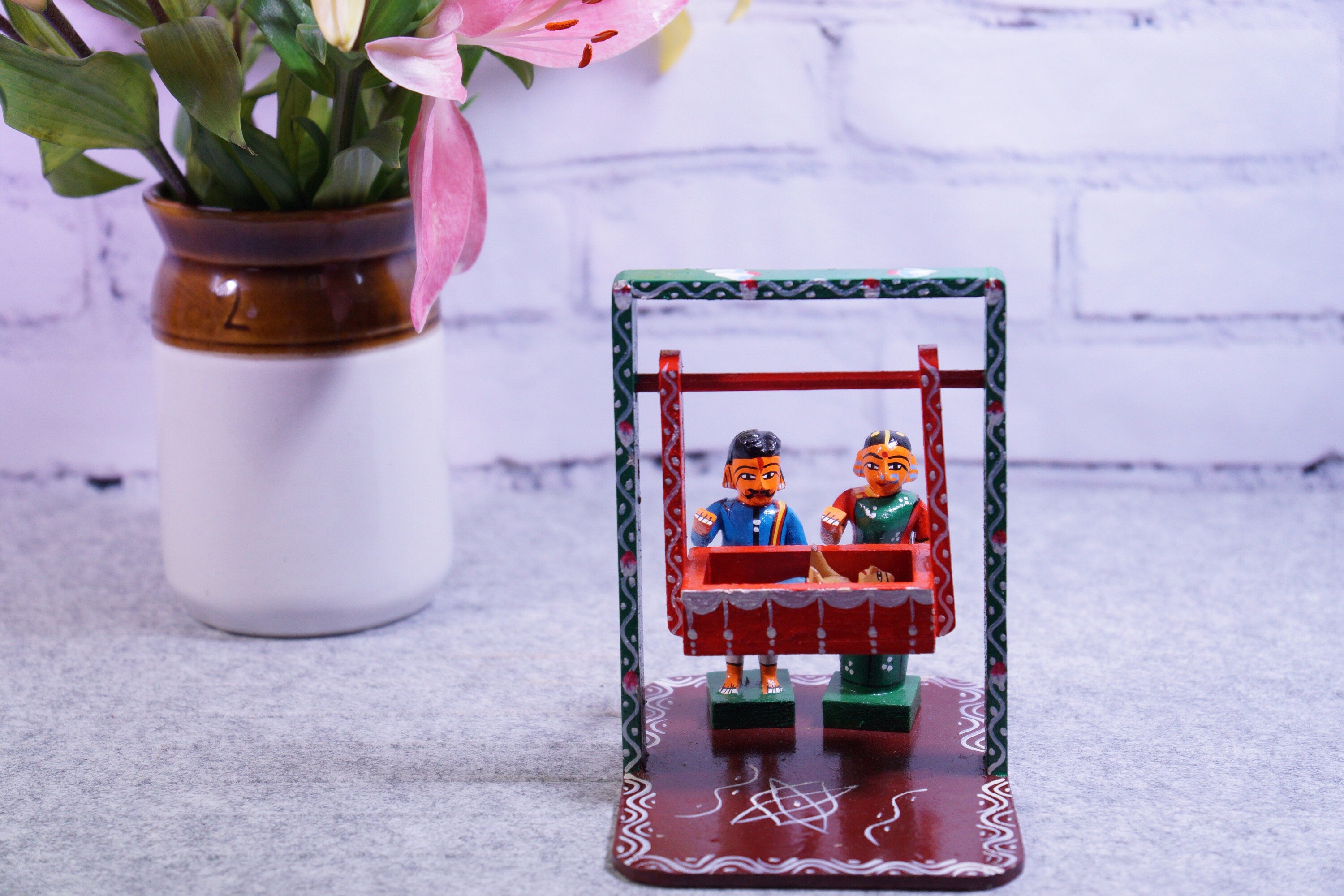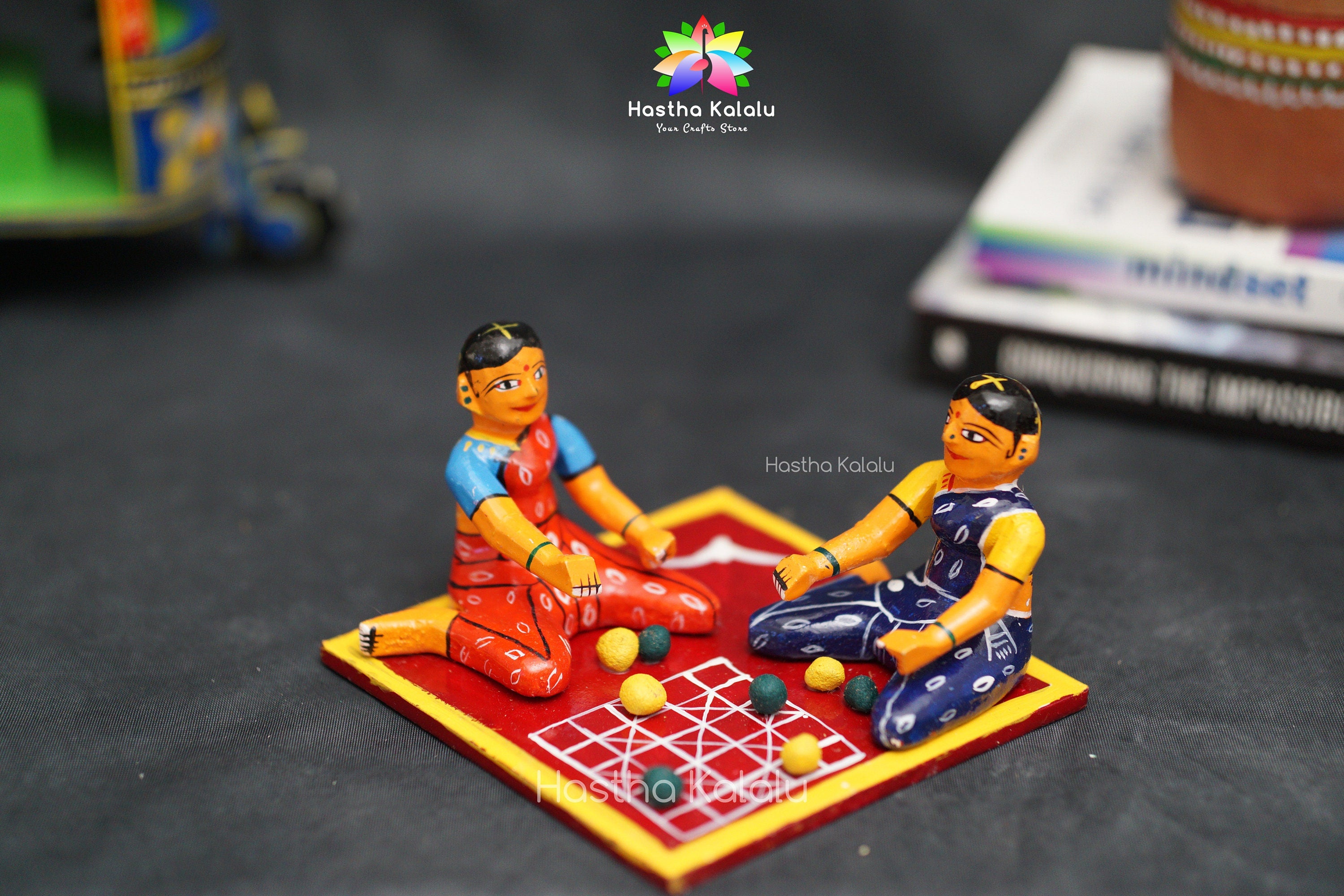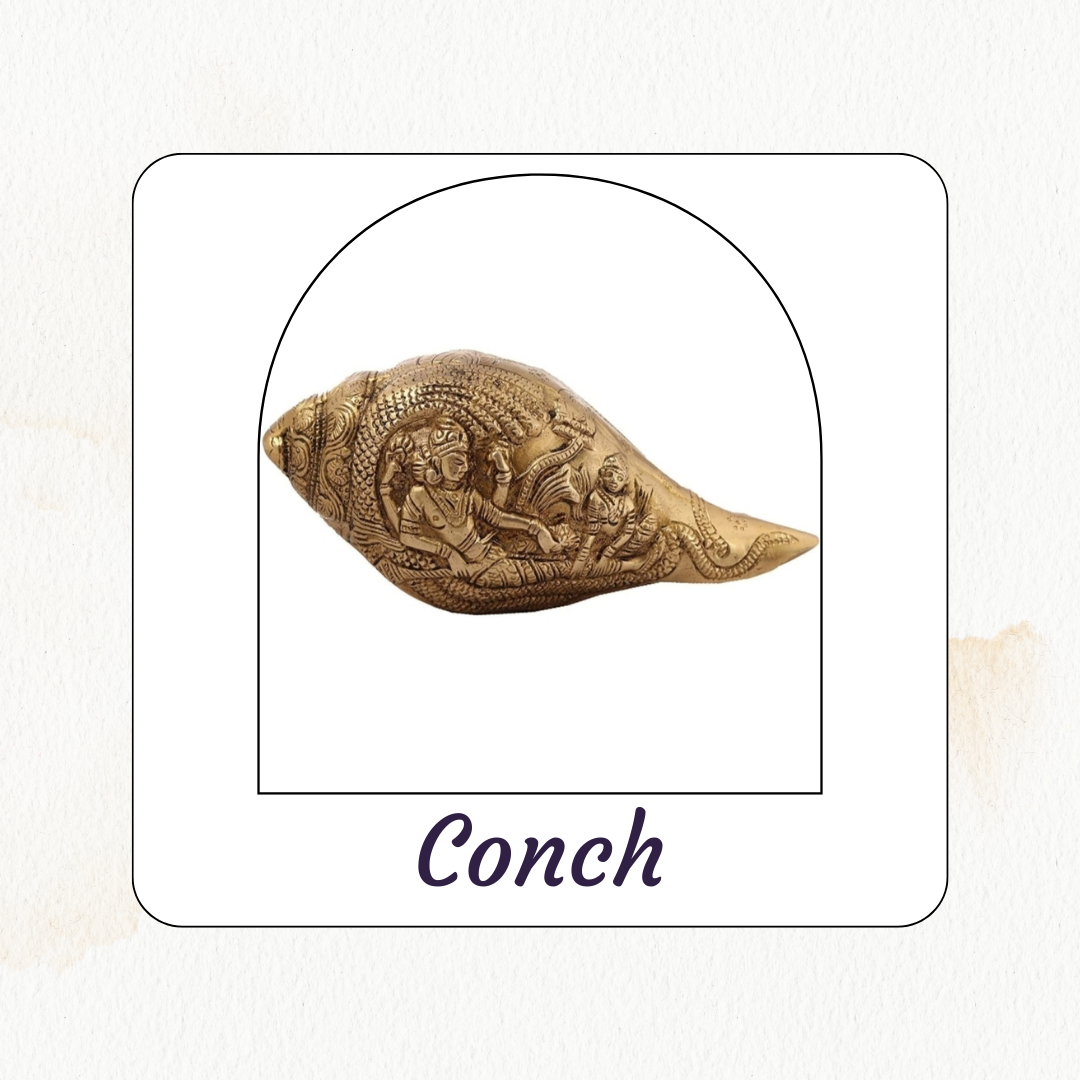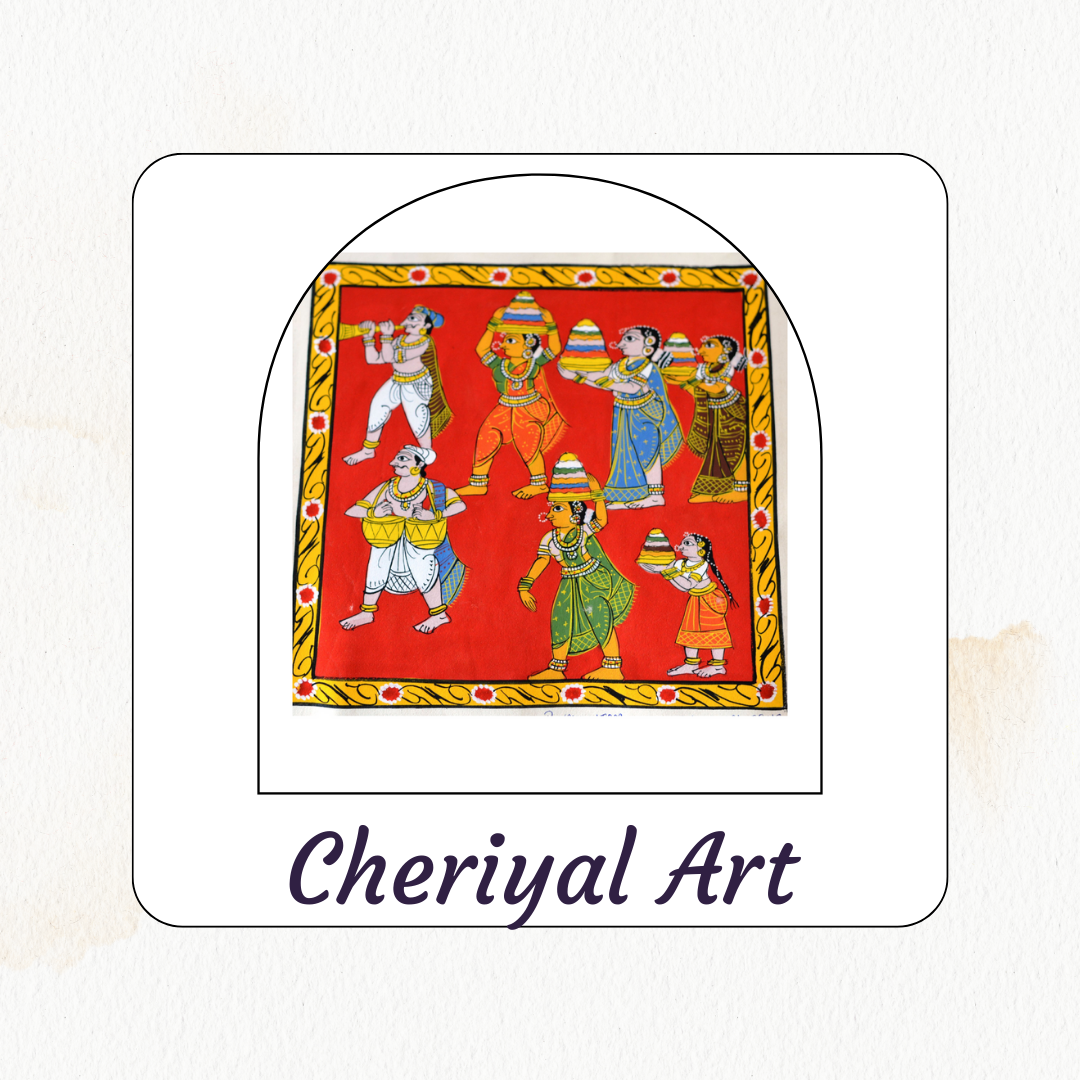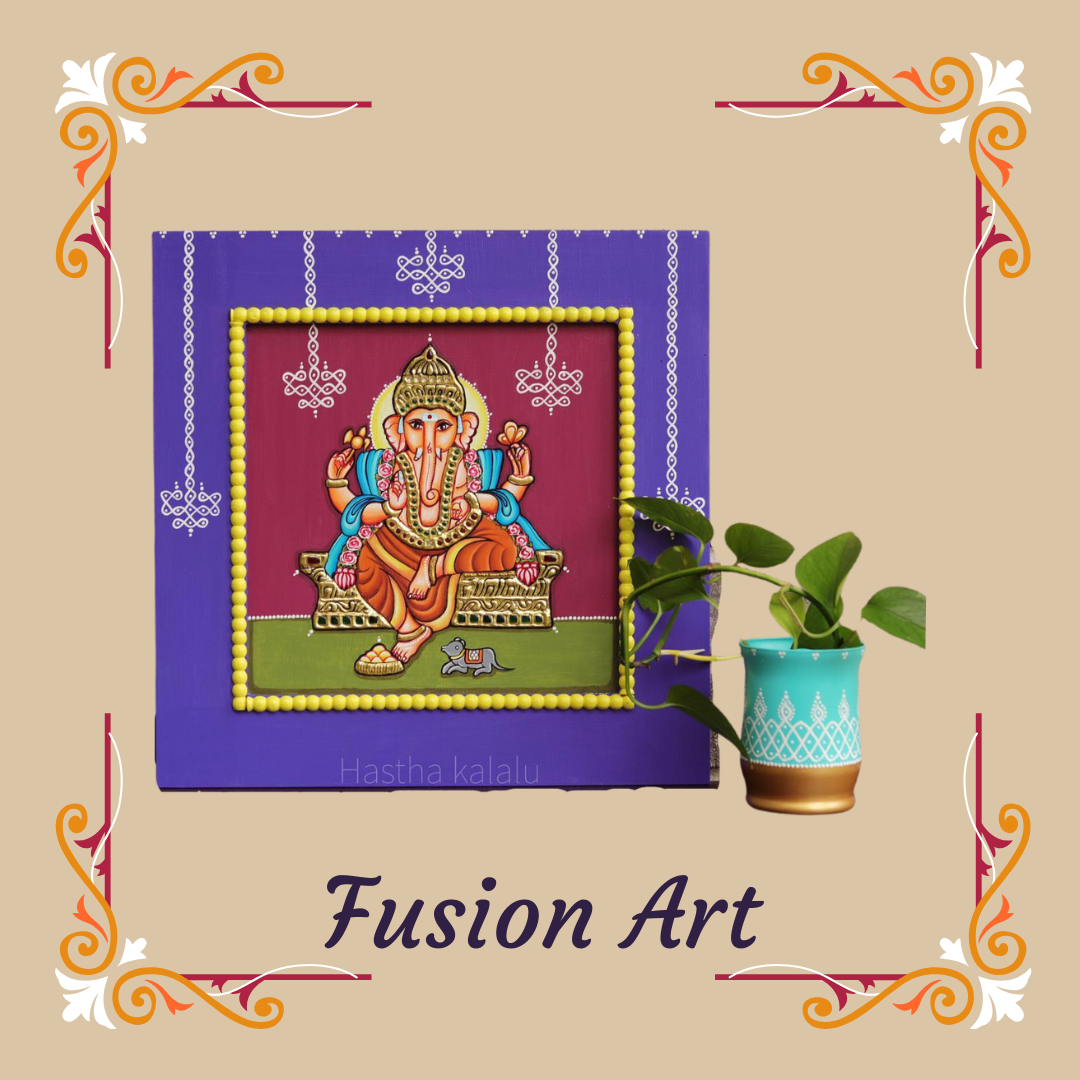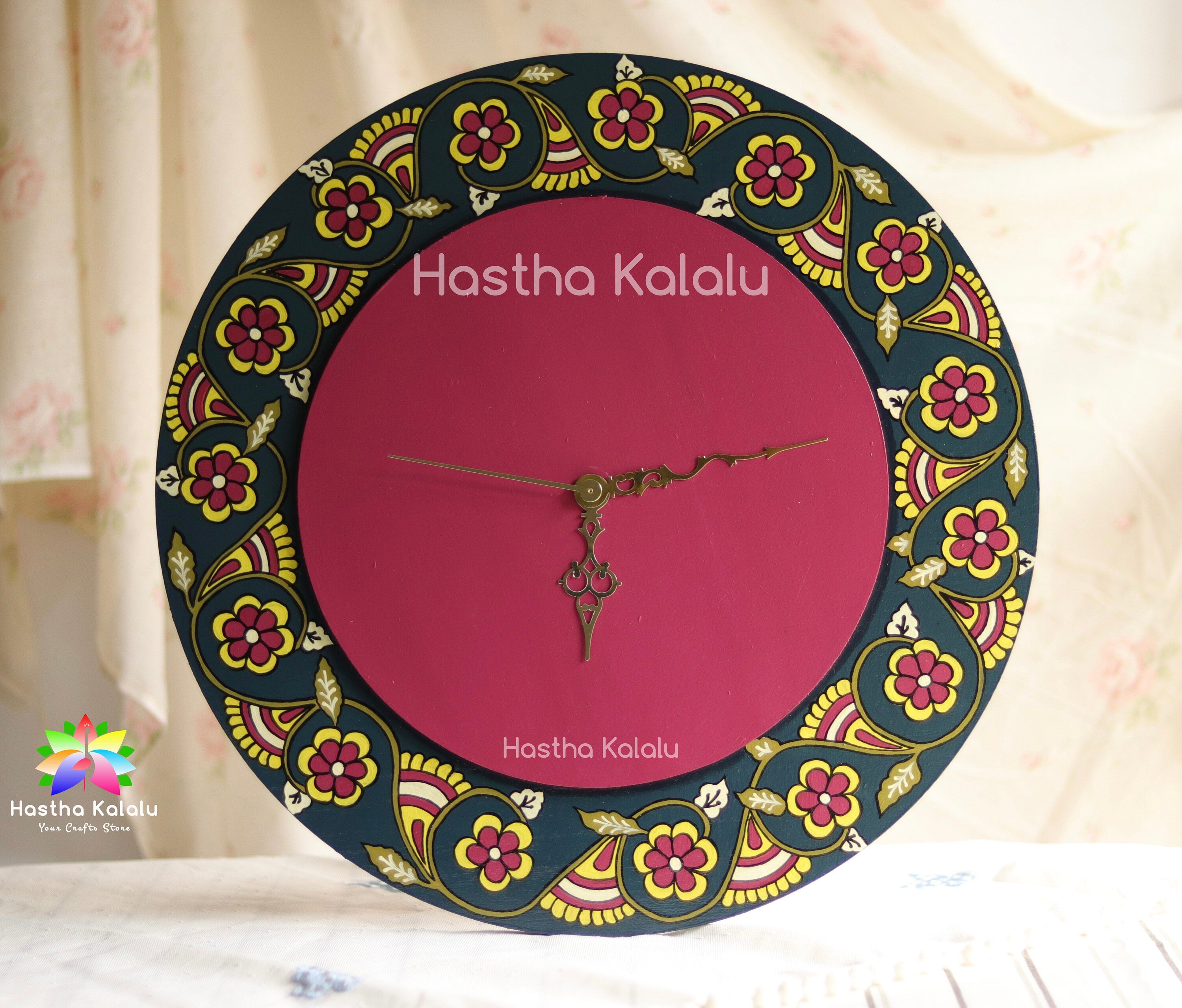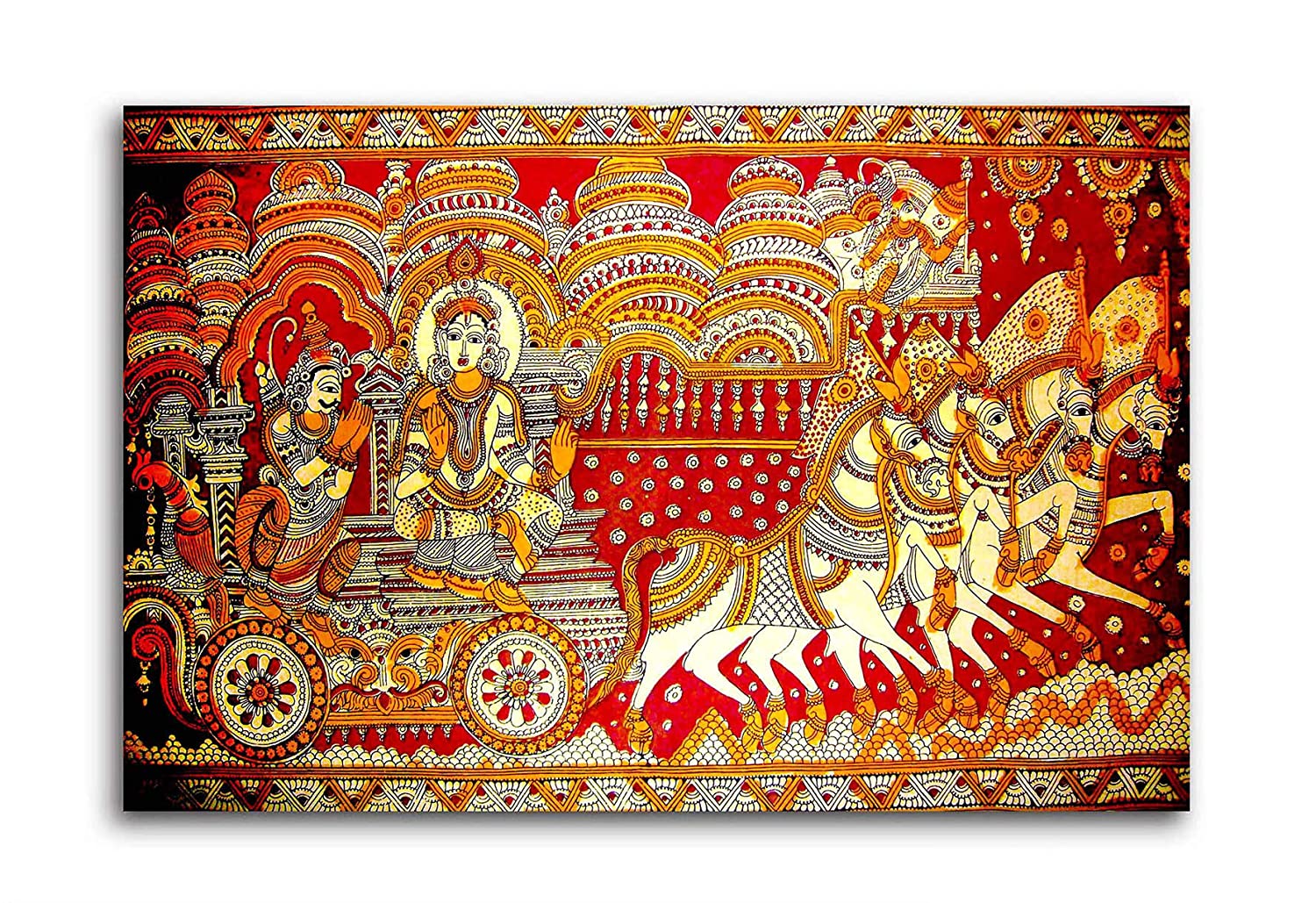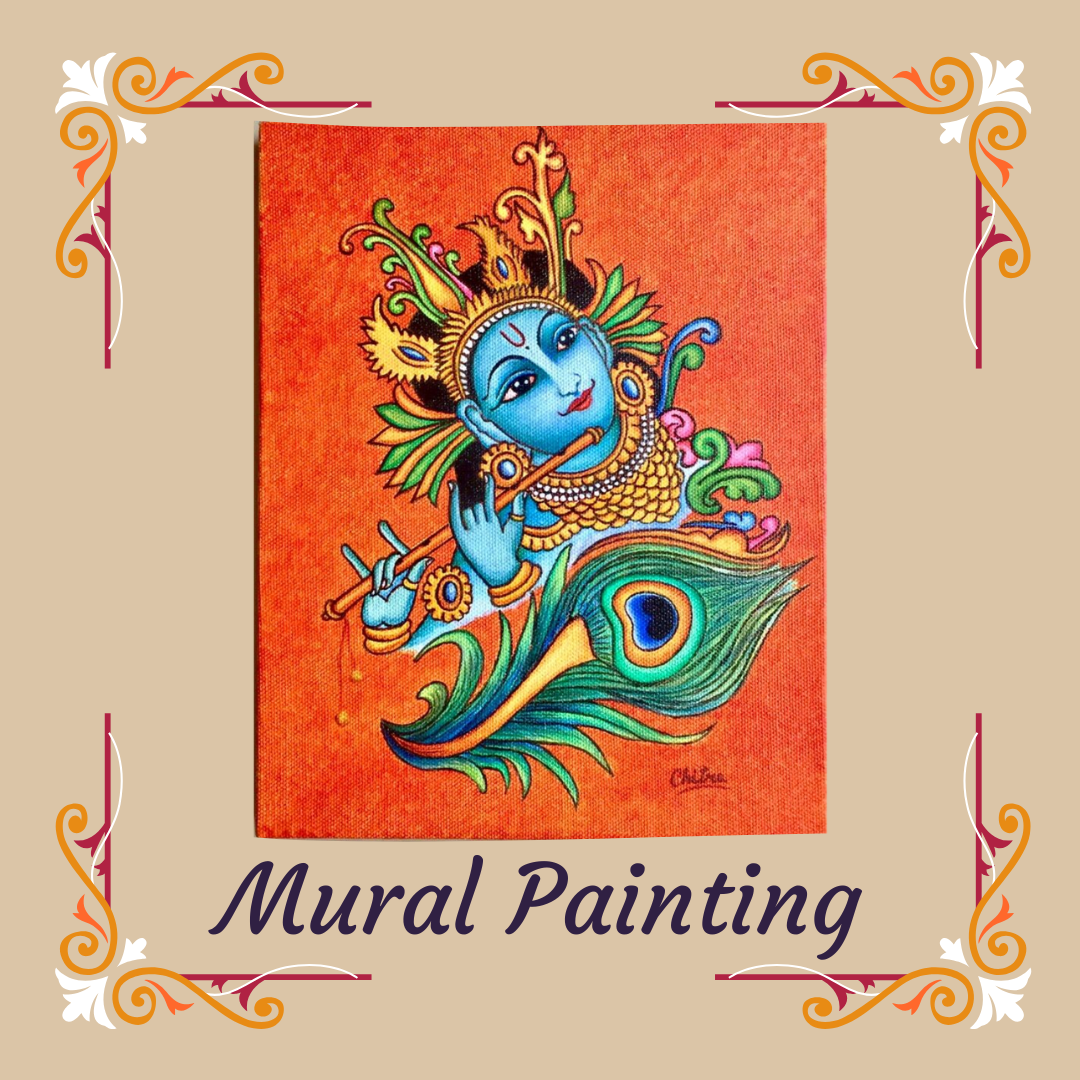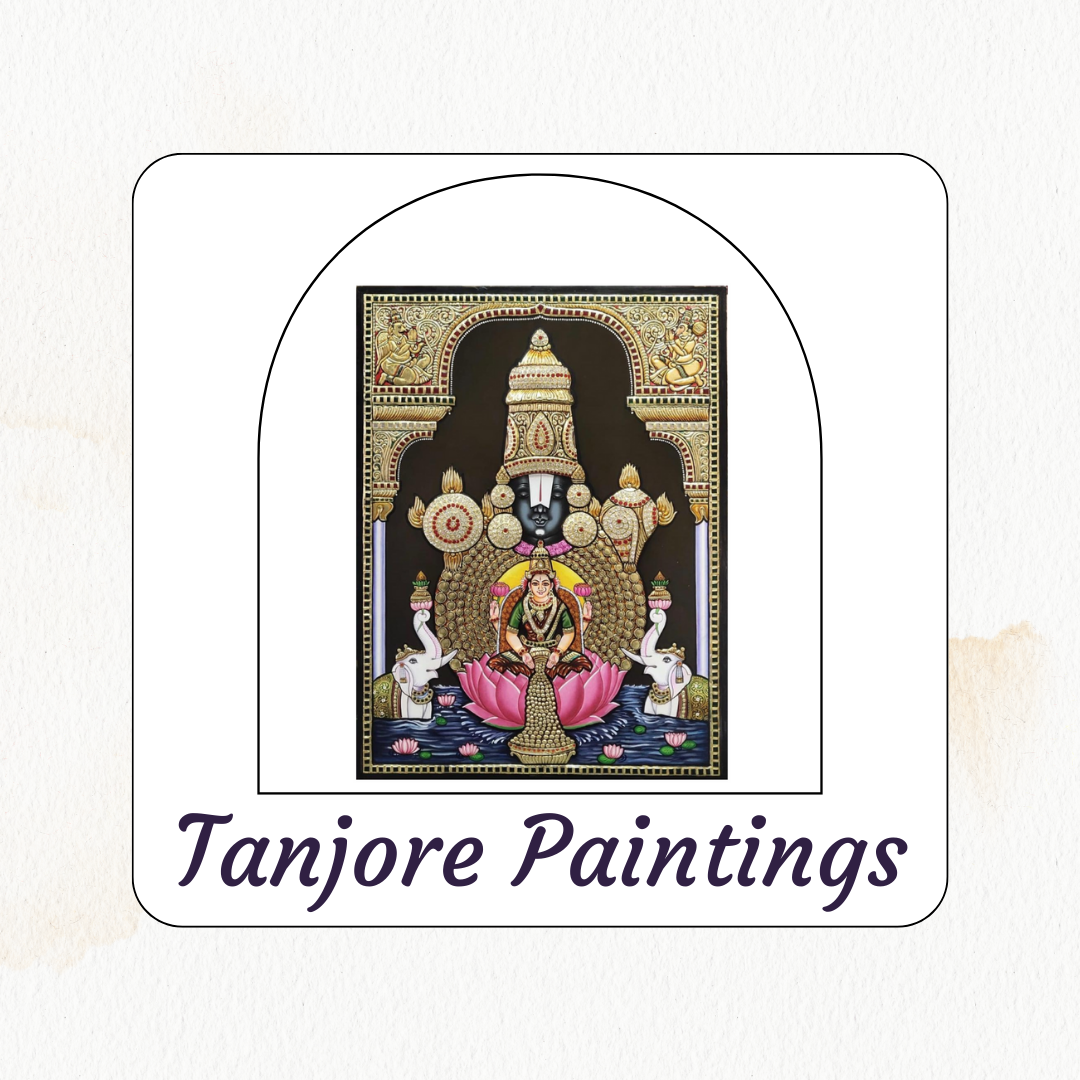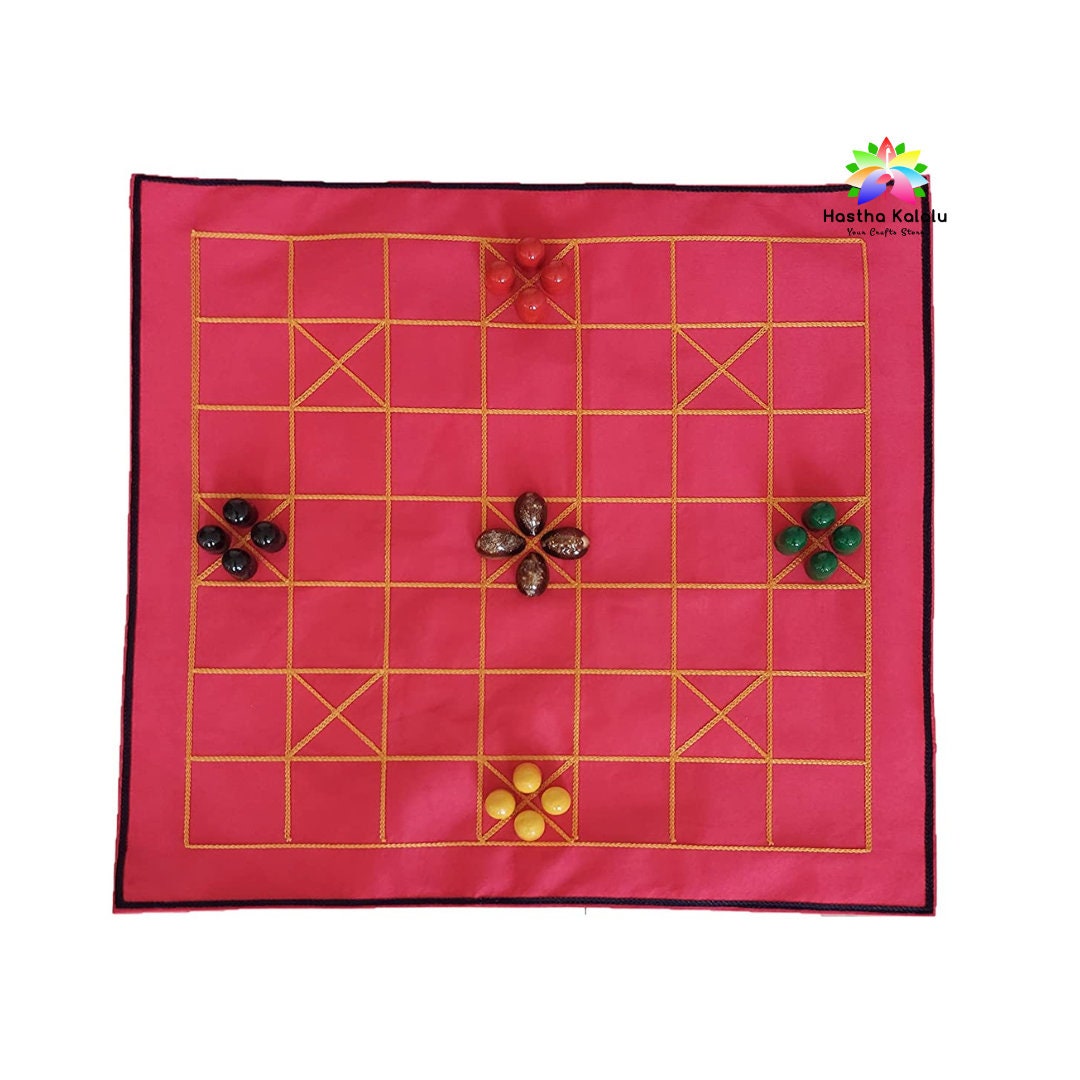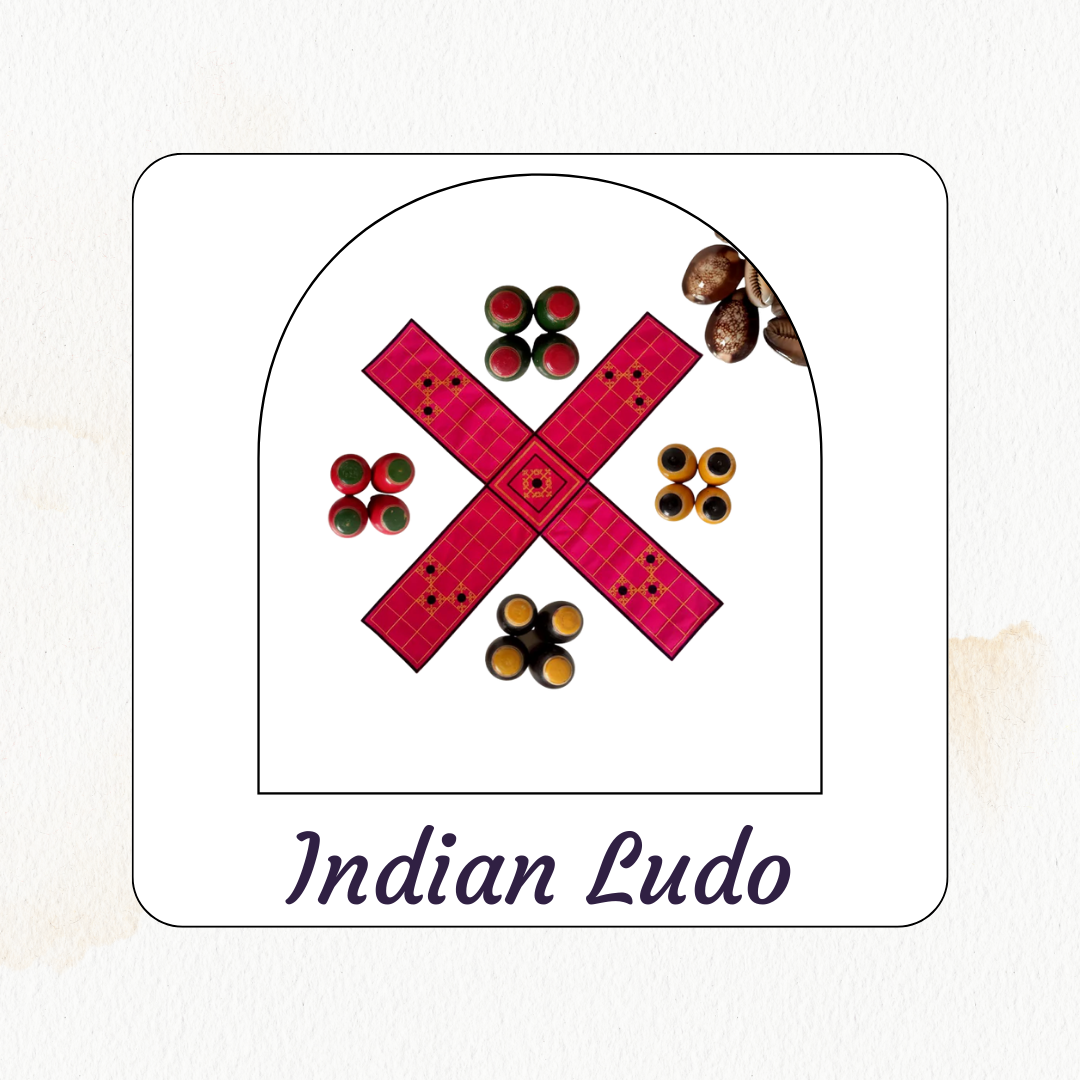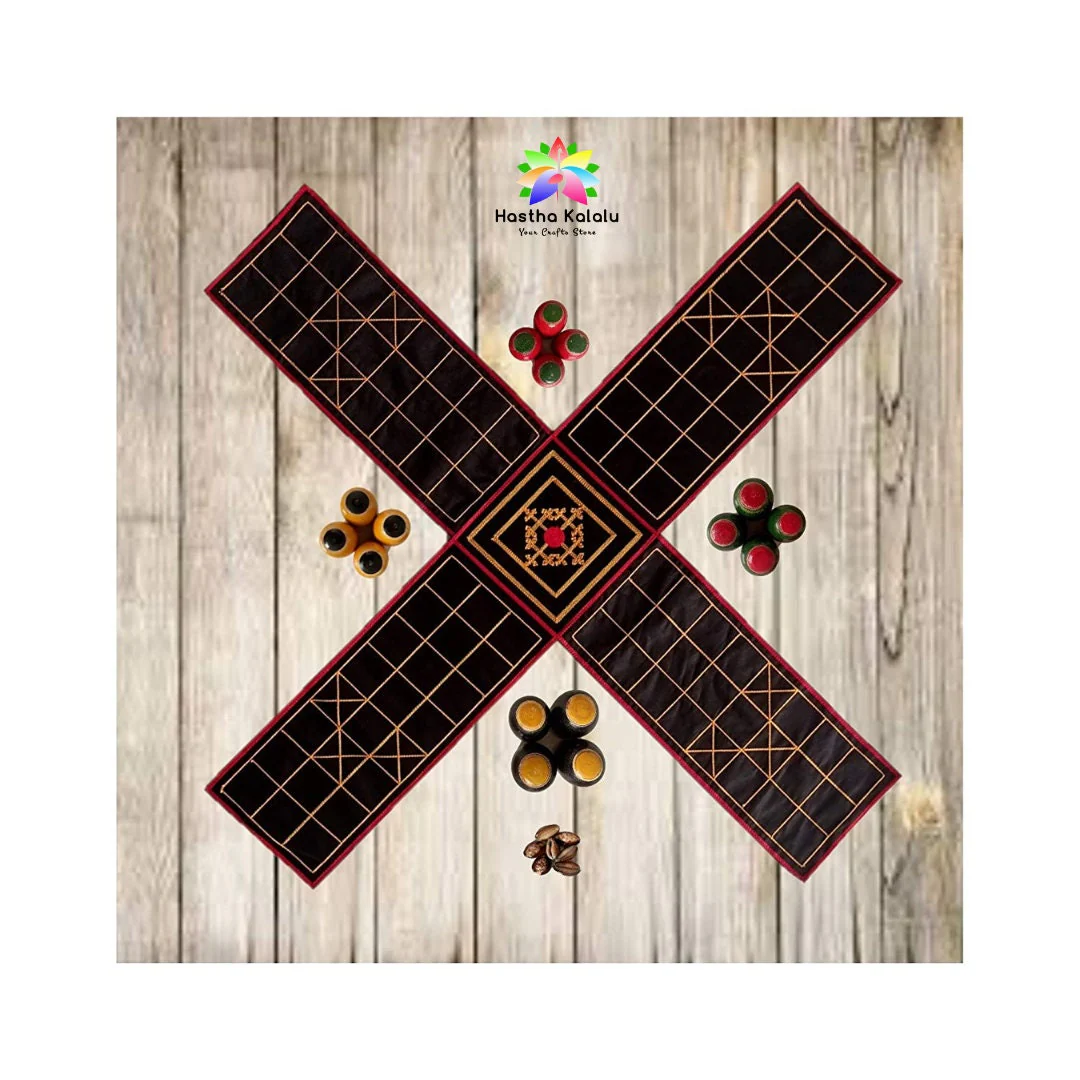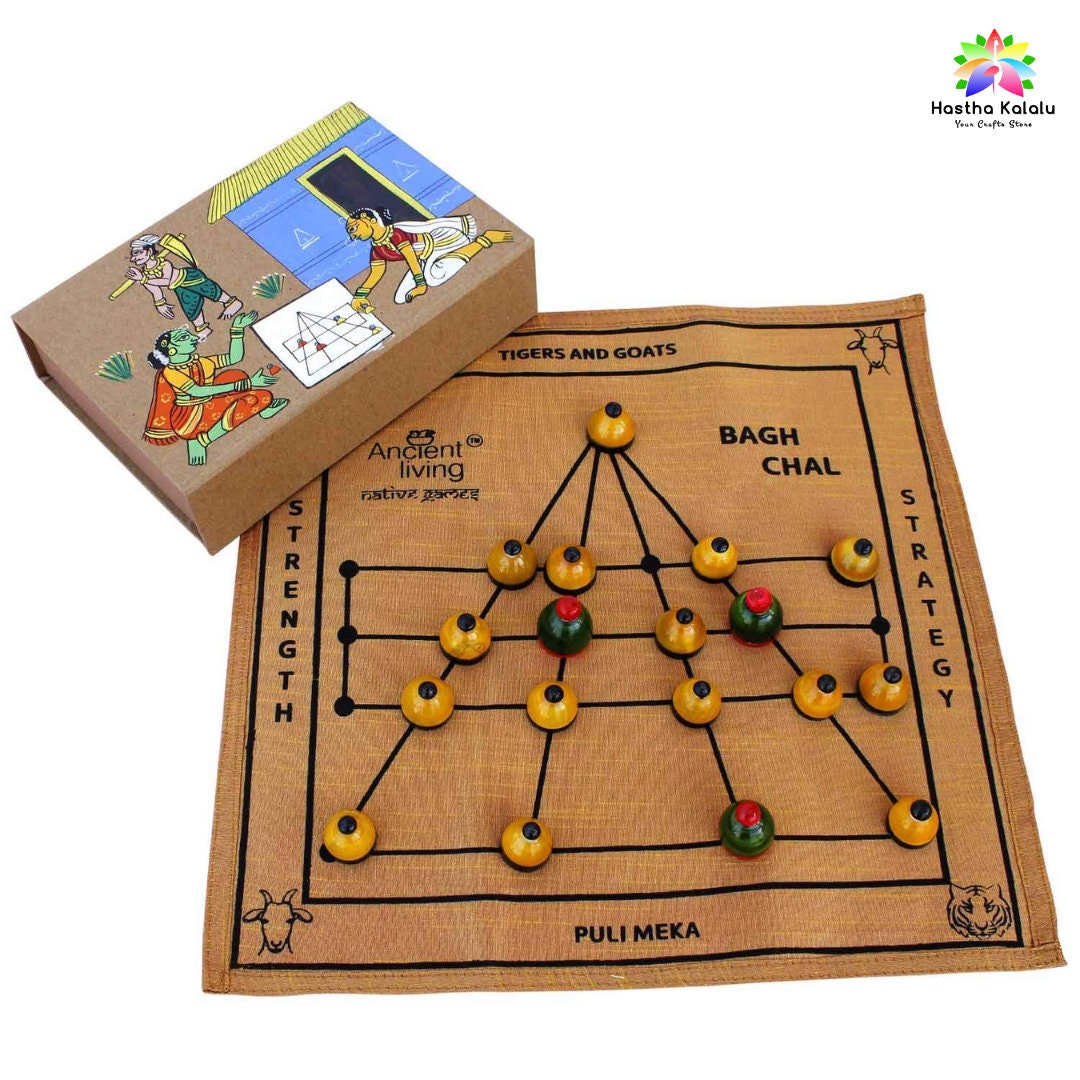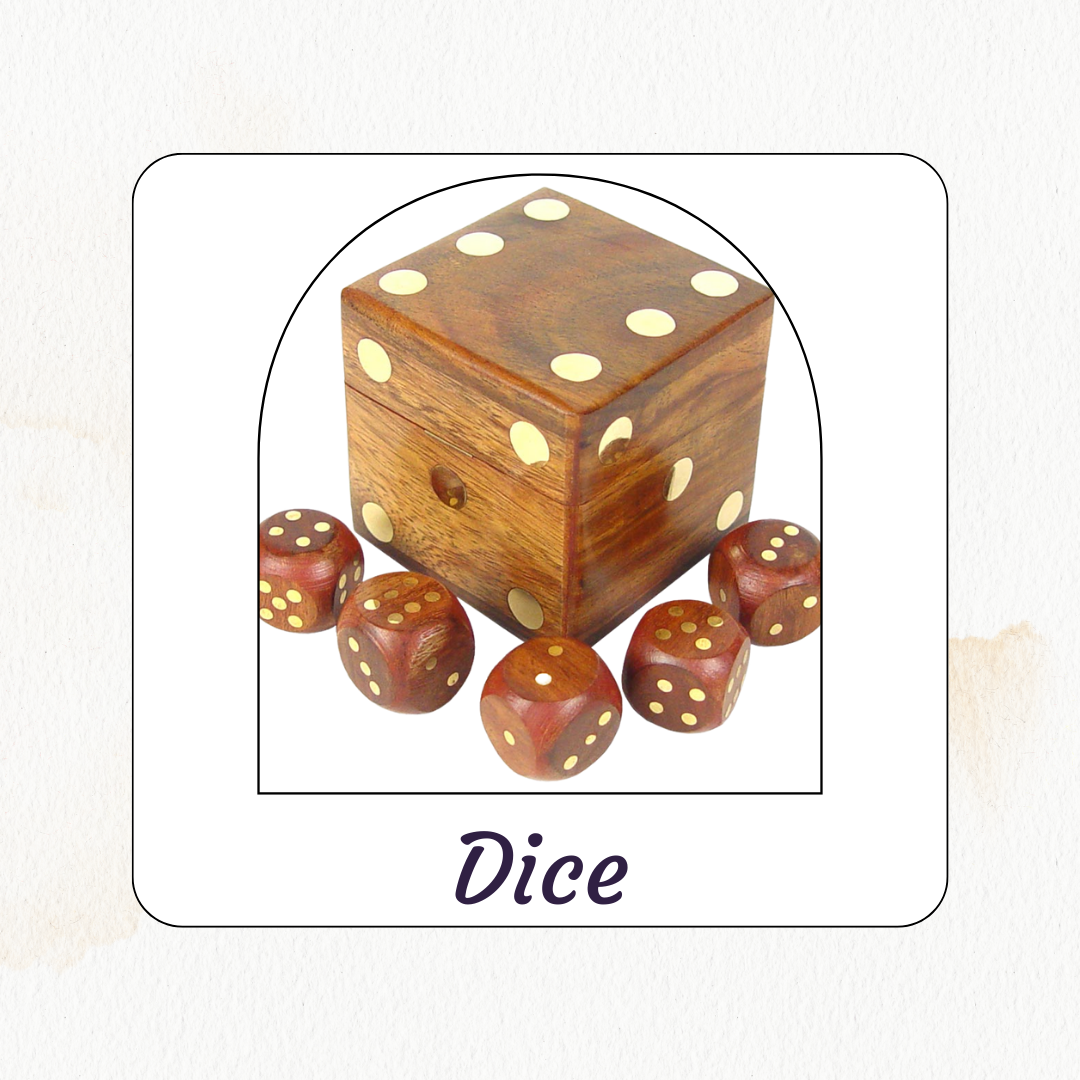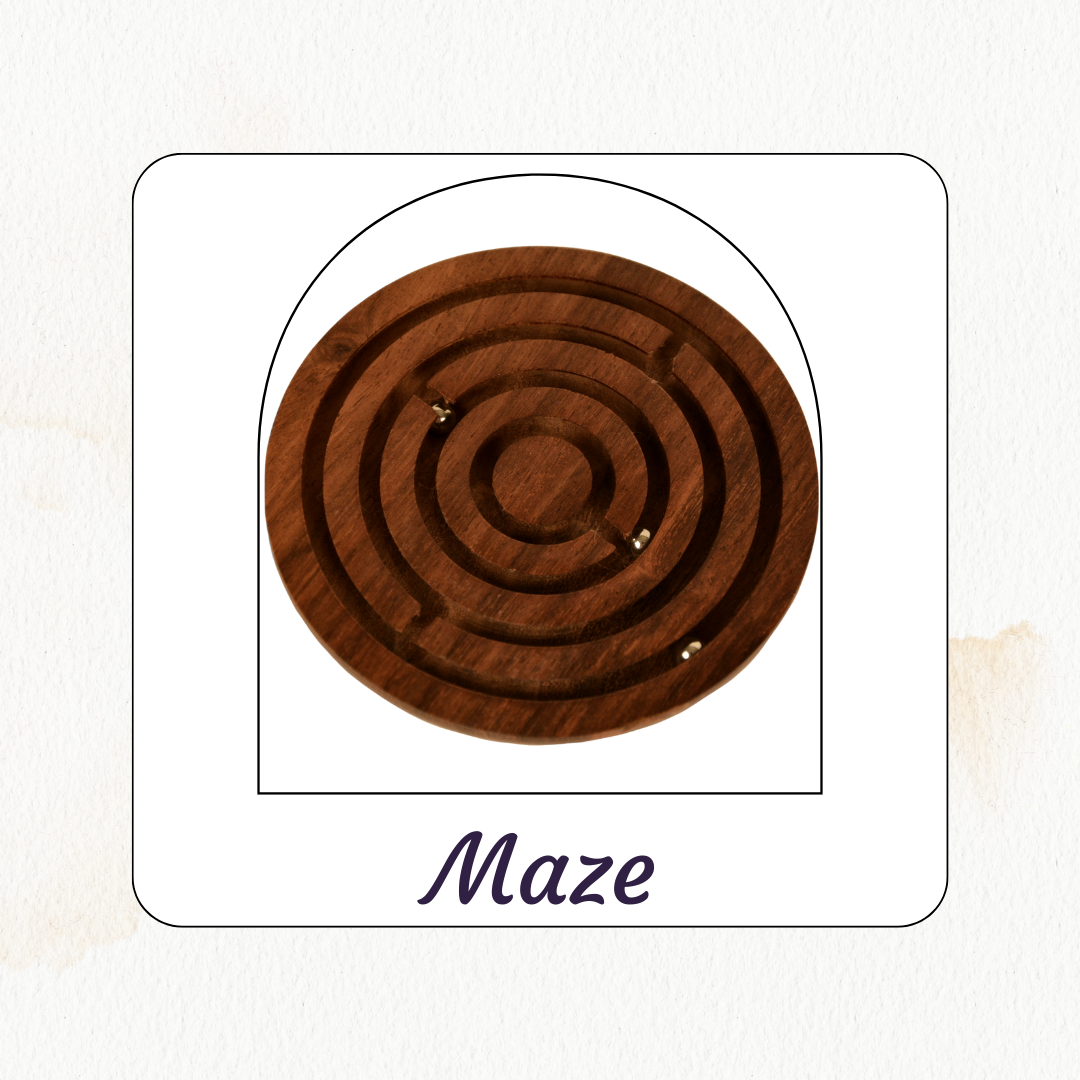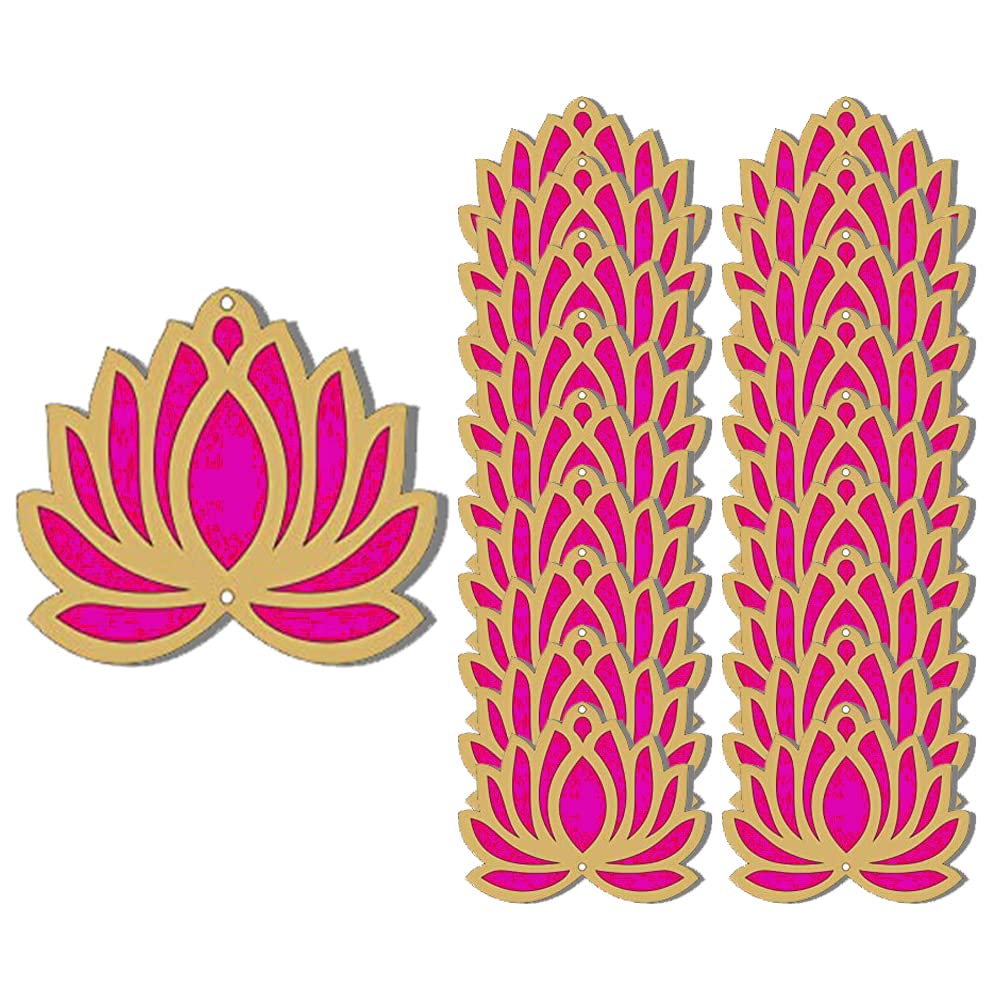Navratri – A Celebration of Divine Feminine Energy
Navratri is a significant Hindu festival celebrated over nine nights, where the nine forms of Goddess Durga are worshipped. This sacred festival represents the triumph of good over evil and honors the divine feminine energy, Shakti. Each day is dedicated to one of the nine forms of Durga and is associated with a specific color, each symbolizing a different virtue or quality of the goddess.
Navratri comes in different seasons, but Sharada Navratri in autumn is the most widely celebrated. During these nine days, devotees adorn themselves in colors representing the goddess being worshipped on that particular day, offering prayers, performing rituals, and engaging in cultural events.
At Hastha Kalalu, we offer a wide range of handcrafted items perfect for Navaratri celebrations. From beautiful Golu stands and intricately designed clay dolls that bring to life the festive spirit, to essential Pooja items used in rituals, we have everything to complete your Navaratri setup. Our collection also includes stunning Navadurga brass idols that are ideal for both home decor and worship during this special festival. Every piece is crafted with care and attention to detail, ensuring that your festivities are filled with authenticity and cultural richness.
Let’s delve into the significance of each day.

Day 1: Pratipada - Orange (Shailaputri)
The first day of Navratri is dedicated to Goddess Shailaputri, meaning “Daughter of the Mountains.” She represents purity, nature, and the strength of the earth. Shailaputri is a form of Goddess Parvati and is depicted riding a bull, holding a trident and a lotus. Worshipping her on this day is said to bring strength and vitality.
Color of the day: Orange, symbolizing energy, enthusiasm, and warmth. Wearing orange invites the blessings of Shailaputri, promoting new beginnings.
Mantra: या देवी सर्वभूतेषु शक्ति रूपेण संस्थिता। नमस्तस्यै नमस्तस्यै नमस्तस्यै नमो नमः॥
Translation: The goddess who manifests in all beings as strength, we bow down to her.
Day 2: Dwitiya - White (Brahmacharini)
On the second day, devotees worship Brahmacharini, the goddess who signifies devotion, austerity, and wisdom. She is depicted as walking barefoot, dressed in white, carrying a rosary and a water pot. Her austere form reminds us of the value of penance and devotion in spiritual growth.
Color of the day: White, symbolizing peace, serenity, and purity. Wearing white on this day represents a tranquil mind and the pursuit of knowledge.
Mantra: या देवी सर्वभूतेषु दया रूपेण संस्थिता। नमस्तस्यै नमस्तस्यै नमस्तस्यै नमो नमः॥
Translation: The goddess who is manifest in all beings as compassion, we bow down to her.
Day 3: Tritiya - Red (Chandraghanta)
The third day is dedicated to Chandraghanta, the goddess of beauty and bravery, who is known for her fierce form in battle. She is depicted riding a tiger with ten arms and a crescent moon on her forehead. Chandraghanta is believed to protect her devotees from all harm.
Color of the day: Red, symbolizing power, courage, and passion. Wearing red is said to invoke the goddess’s strength and protect devotees from negativity.
Mantra: या देवी सर्वभूतेषु विद्या रूपेण संस्थिता। नमस्तस्यै नमस्तस्यै नमस्तस्यै नमो नमः॥
Translation: The goddess who is manifest in all beings as knowledge, we bow down to her.
Day 4: Chaturthi - Royal Blue (Kushmanda)
On this day, Goddess Kushmanda, who is believed to have created the universe with her divine smile, is worshipped. She represents the aspect of creativity, health, and abundance. Depicted with eight hands, she rides a lion and holds a pot of divine nectar.
Color of the day: Royal Blue, symbolizing wealth, creativity, and calm. Wearing royal blue on this day is said to attract positive energy and growth.
Mantra: या देवी सर्वभूतेषु शान्तिरूपेण संस्थिता। नमस्तस्यै नमस्तस्यै नमस्तस्यै नमो नमः॥
Day 5: Panchami - Yellow (Skandamata)
Skandamata, the mother of Lord Skanda (Kartikeya), is revered on the fifth day of Navratri. She is depicted riding a lion with her son in her lap, embodying the nurturing and protective nature of a mother.
Color of the day: Yellow, symbolizing joy, knowledge, and learning. Wearing yellow on this day helps in receiving blessings for happiness and intellect.
Mantra: या देवी सर्वभूतेषु मातृ रूपेण संस्थिता। नमस्तस्यै नमस्तस्यै नमस्तस्यै नमो नमः॥
Day 6: Shashti - Green (Katyayani)
On the sixth day, Katyayani, the warrior goddess, is worshipped. She is a fierce form of Durga and is associated with strength and courage. Devotees seek her blessings to overcome obstacles and attain success.
Color of the day: Green, symbolizing prosperity, fertility, and growth. Wearing green represents the hope for a prosperous future.
Mantra: या देवी सर्वभूतेषु लक्ष्मी रूपेण संस्थिता। नमस्तस्यै नमस्तस्यै नमस्तस्यै नमो नमः॥
Day 7: Saptami - Grey (Kalaratri)
Kalaratri, the fiercest form of Goddess Durga, is worshipped on this day. She represents the destructive power that removes ignorance and darkness. Kalaratri is depicted with a dark complexion, riding a donkey.
Color of the day: Grey, symbolizing destruction of evil and ignorance. Wearing grey reflects the acceptance of change and transformation.
Mantra: या देवी सर्वभूतेषु रौद्र रूपेण संस्थिता। नमस्तस्यै नमस्तस्यै नमस्तस्यै नमो नमः॥
Day 8: Ashtami - Purple (Mahagauri)
Mahagauri, the symbol of purity and peace, is worshipped on the eighth day. She is the soft and benevolent form of Durga, who purifies the souls of her devotees and provides them with the clarity to achieve their goals.
Color of the day: Purple, symbolizing power and ambition. Wearing purple is believed to help in enhancing one’s spiritual journey.
Mantra: या देवी सर्वभूतेषु शान्तिरूपेण संस्थिता। नमस्तस्यै नमस्तस्यै नमस्तस्यै नमो नमः॥
Day 9: Navami - Peacock Green (Siddhidatri)
On the final day, Goddess Siddhidatri, the granter of supernatural powers and the ultimate knowledge, is worshipped. She sits on a lotus, bestowing wisdom and power to her devotees.
Color of the day: Peacock Green, symbolizing fulfillment, success, and spirituality. Wearing this color represents the desire for accomplishment and knowledge.
Mantra: या देवी सर्वभूतेषु सिद्धि रूपेण संस्थिता। नमस्तस्यै नमस्तस्यै नमस्तस्यै नमो नमः॥
Conclusion: The Victory of Good Over Evil
The tenth day, known as Vijayadashami or Dussehra, celebrates the triumph of good over evil. It marks the victory of Goddess Durga over the buffalo-headed demon Mahishasura, and Lord Rama’s defeat of Ravana.
Navratri is not just a festival of devotion but also an invitation to connect with the higher aspects of oneself by honoring divine virtues each day. Through prayers, fasting, and wearing symbolic colors, devotees seek the blessings of the nine forms of Goddess Durga for strength, knowledge, prosperity, and peace.

